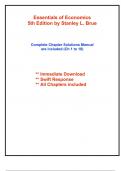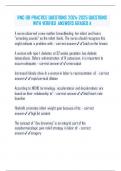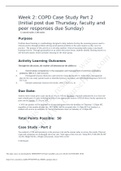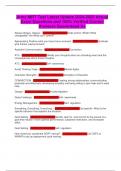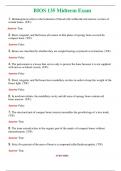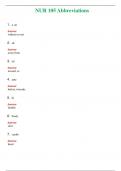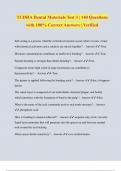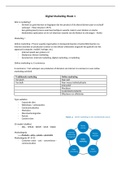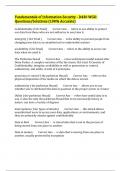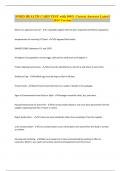Exam (elaborations)
Solutions for Essentials of Economics, 5th Edition Brue (All Chapters included)
- Module
- Institution
Complete Solutions Manual for Essentials of Economics, 5th Edition by Stanley L. Brue, Campbell R McConnell, Sean Masaki Flynn ; ISBN13: 9781265350642....(Full Chapters included Chapter 1 to 18)...Chapter 1: Limits, Alternatives, and Choices Chapter One Appendix: Graphs and Their Meaning Chapte...
[Show more]
